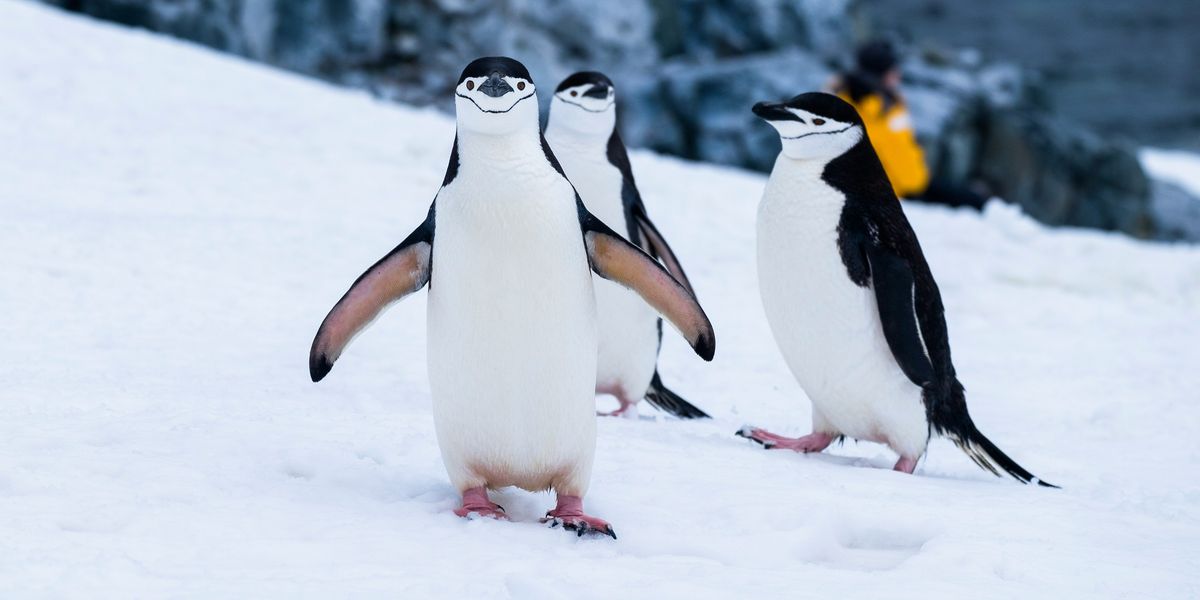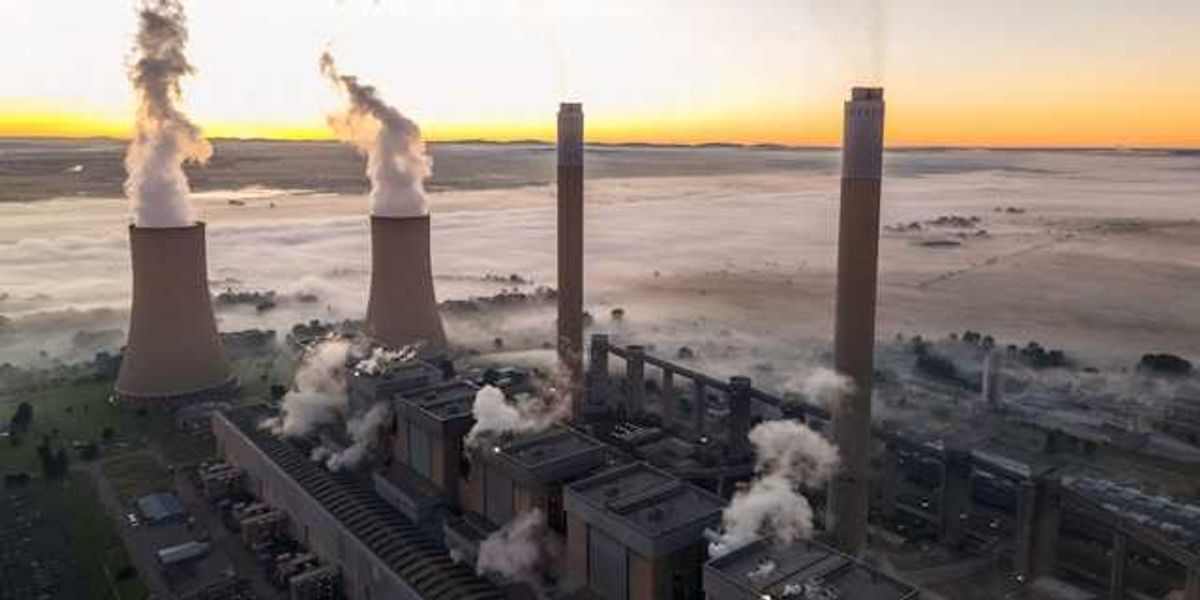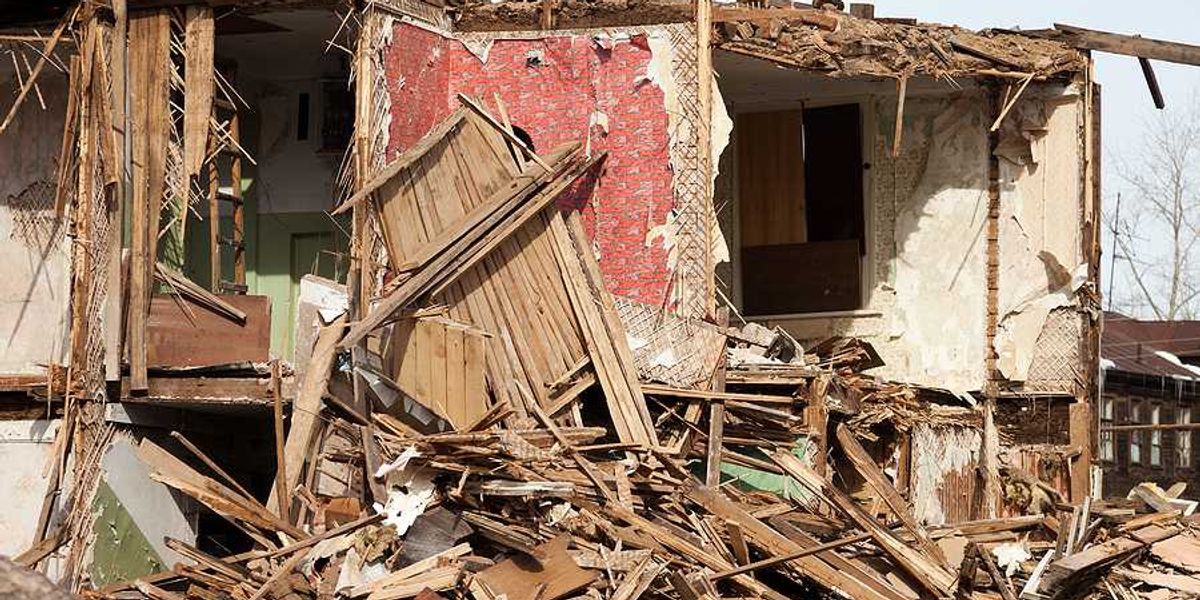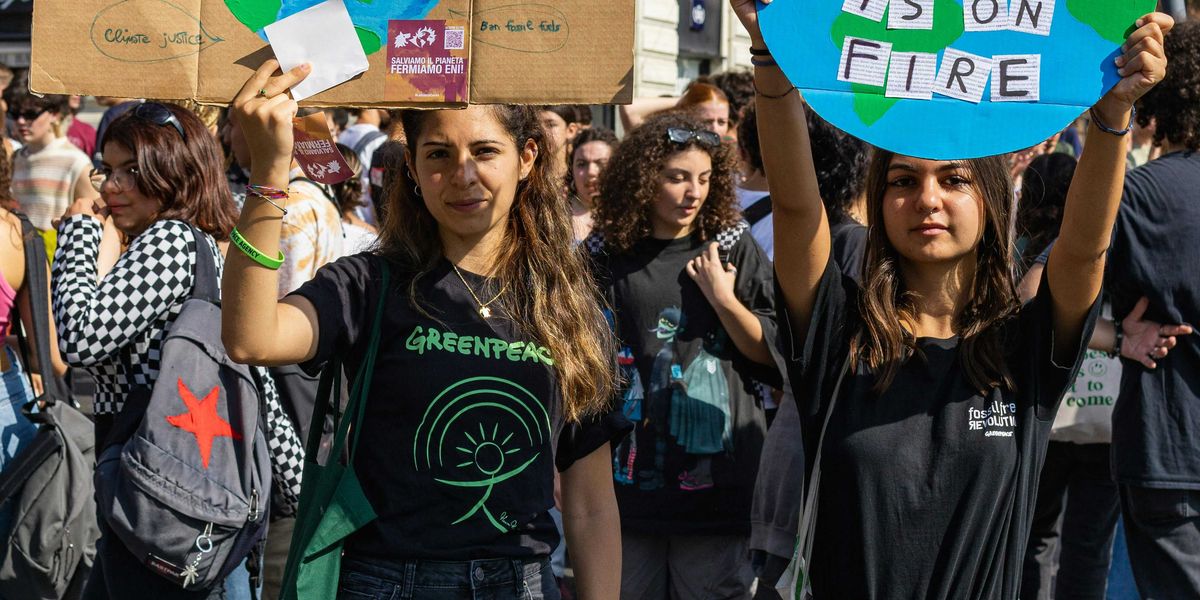
Tourism and research activity in Antarctica are speeding up snowmelt and pollution, scientists find
The rising number of tourists and long-term research projects in Antarctica are releasing heavy metal particles that darken snow, accelerate melting, and threaten one of Earth’s last remaining pristine environments.
In short:
- Scientists say human activity in Antarctica has increased tenfold concentrations of fine particles containing heavy metals like nickel, lead, and copper over the last 40 years.
- Tourist numbers have surged from 20,000 to 120,000 annually, and a single visitor can contribute to the melting of roughly 100 tons of snow.
- Research stations, though smaller in number, often cause greater pollution than tourists due to longer stays and the use of fossil-fuel-powered equipment and infrastructure.
Key quote:
"Snow melts faster in Antarctica due to the presence of polluting particles in areas frequented by tourists."
— Raul Cordero, University of Groningen
Why this matters:
Antarctica, long considered one of the planet’s most untouched regions, is rapidly losing that status under the weight of increased human activity. Tourists and scientists alike rely on carbon-intensive transportation and infrastructure, releasing microscopic pollutants that darken the snow’s surface, absorb more sunlight, and accelerate melting. These emissions are compounding the effects of global climate change, raising concerns not only for Antarctic ecosystems but also for sea-level rise that could reshape coastlines worldwide. The continent’s fragility — and its importance in regulating Earth’s climate — makes the growing footprint of human presence a global concern.
Read more: Melting ice and microplastics signal deepening disruption in Antarctica’s climate system













